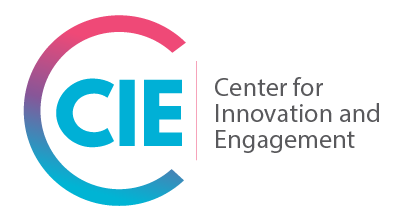Summary
The Clinic-Based Surveillance-Informed (CBSI) intervention combines clinic and health department surveillance data to identify people with HIV who are out of care and re-engage and retain them in HIV care.
Implementation Resources
Tips for Implementing the Intervention
Intervention Outcomes
- In the original study, the time to relinkage was shorter among clients in the intervention cohort and a greater proportion was relinked to care (15% vs. 10%).
- The second iteration of the intervention showed significant improvements in viral suppression outcomes pre- and post-intervention (from 20% to 82%).
Intervention Components
- Assess Staff Resources and Gaps
- Explore Existing or New Data Infrastructure
- Engage Stakeholders
- Generate a Local “Out-of-Care” Definition
- Create a Client List
- Decide on Data-Sharing Methods
- Prioritize Client List
- Designate Linkage Specialist
- Establish a Communication Protocol
- Relink and Retain Clients
Cost Analysis
Refer to the CBSI Cost Analysis Summary. You can also use the CIE Cost Analysis Calculator to create an estimate for implementing the intervention at your organization.
Challenges and Solutions
|
Challenge |
Solution |
|---|---|
|
Barriers to Care |
Consider offering incentives and connecting with local service agencies to address barriers to care. |
|
Lack of Referrals |
Educate doctors about the intervention to facilitate referrals. |
|
Lack of Administrative Support |
Seek ways to sustain linkage activities to ensure active remains an organizational priority. |
|
Data Management |
Use a database that allows staff to gather, extract, and analyze client-level data. |
|
Data-Sharing Complications |
Improve the data-sharing process by gathering information about current clinic policies and lessons learned from other interventions. |
|
Delayed Data Sharing |
By improving the timeliness of data sharing, organizations can ensure that they have the most up-to-date client information, which can facilitate prompt re-linkage effort. |
|
Undefined Staff Roles: |
Clearly convey roles and responsibilities and how these may sometimes overlap. |
|
Staff Burnout |
Find ways to increase staff morale and highlight their efforts to connect people with HIV to care. Conduct consistent check-ins with staff to address barriers in real time. |
|
Losing Sight of Long-Term Goals |
Focus on sustained engagement in care as the goal rather than re-linkage. The linkage specialist can work with providers to identify barriers to sustained engagement in care so that they can address the barriers with clients. |
Supplementary Resources
Publications
- Outcomes of a clinic-based surveillance-informed intervention to re-link patients to HIV care
- HIV provider and patient perspectives on the development of a health department "Data to Care" program: A qualitative study
- HIV care for patients with complex needs: A controlled evaluation of a walk-in, incentivized care model
- The Max Clinic: Medical care designed to engage the hardest-to-reach persons living with HIV in Seattle and King County, Washington
- Potential impact of integrating HIV surveillance and clinic data on retention-in-care estimates and re-engagements efforts. View Here
- Setting standards and an evaluation framework for Human Immunodeficiency Virus/Acquired Immunodeficiency Syndrome surveillance
- The impact of retention in early HIV medical care on viro-immunological parameters and survival: a statewide study
- CDC Data-to-Care
Videos
Data-to-Care: Improving Treatment Outcomes & Addressing Disparities
